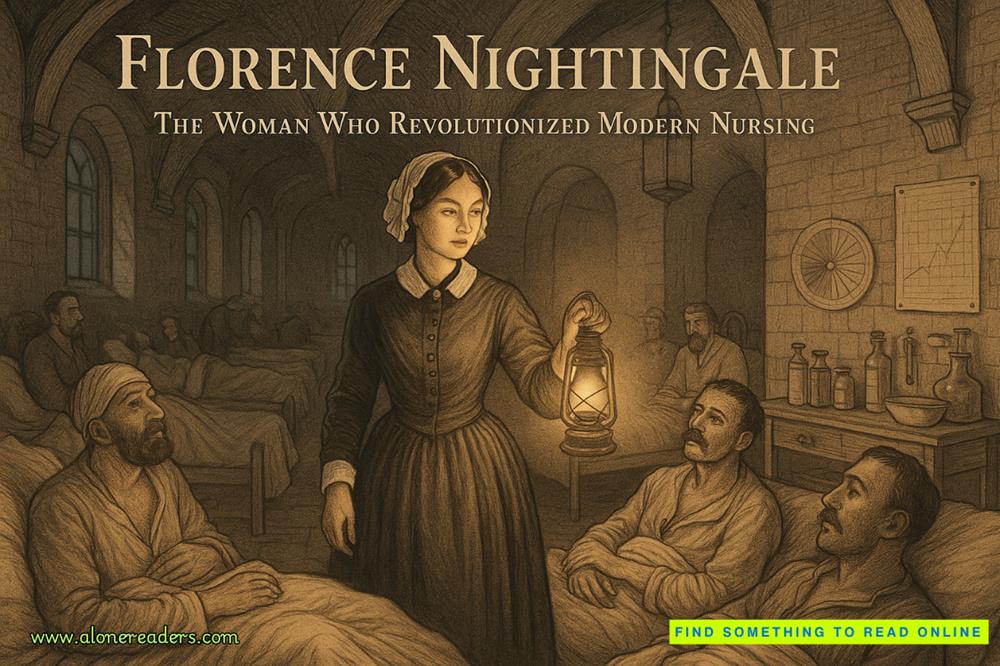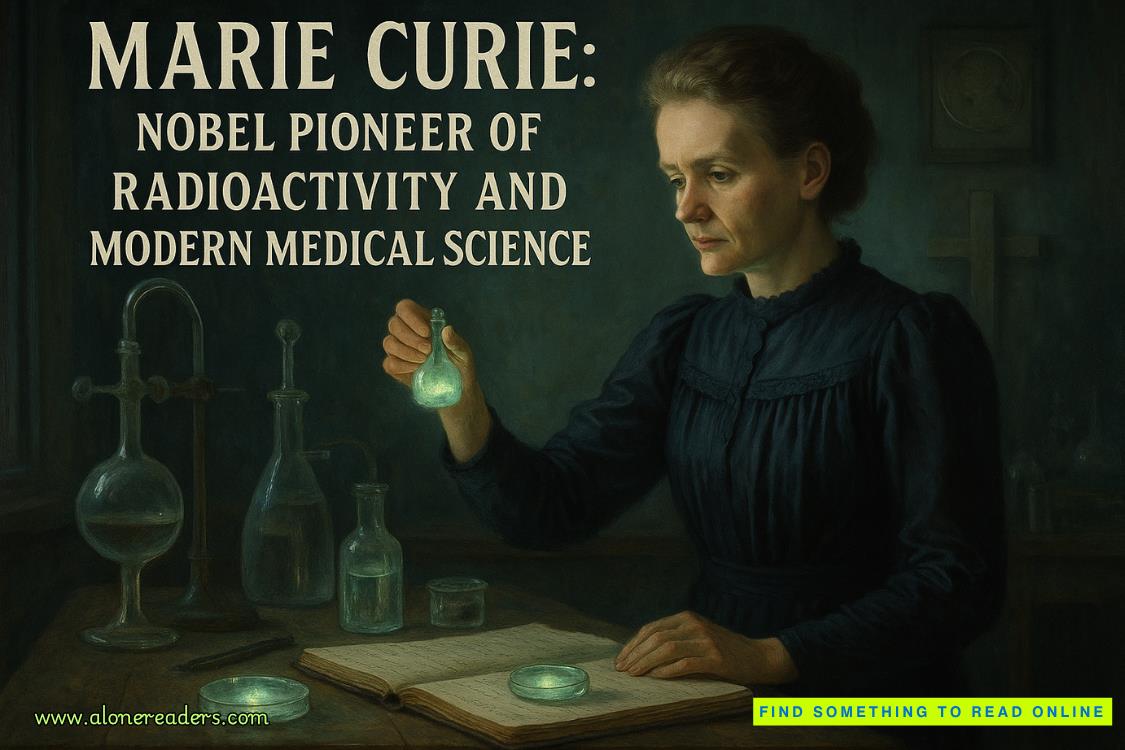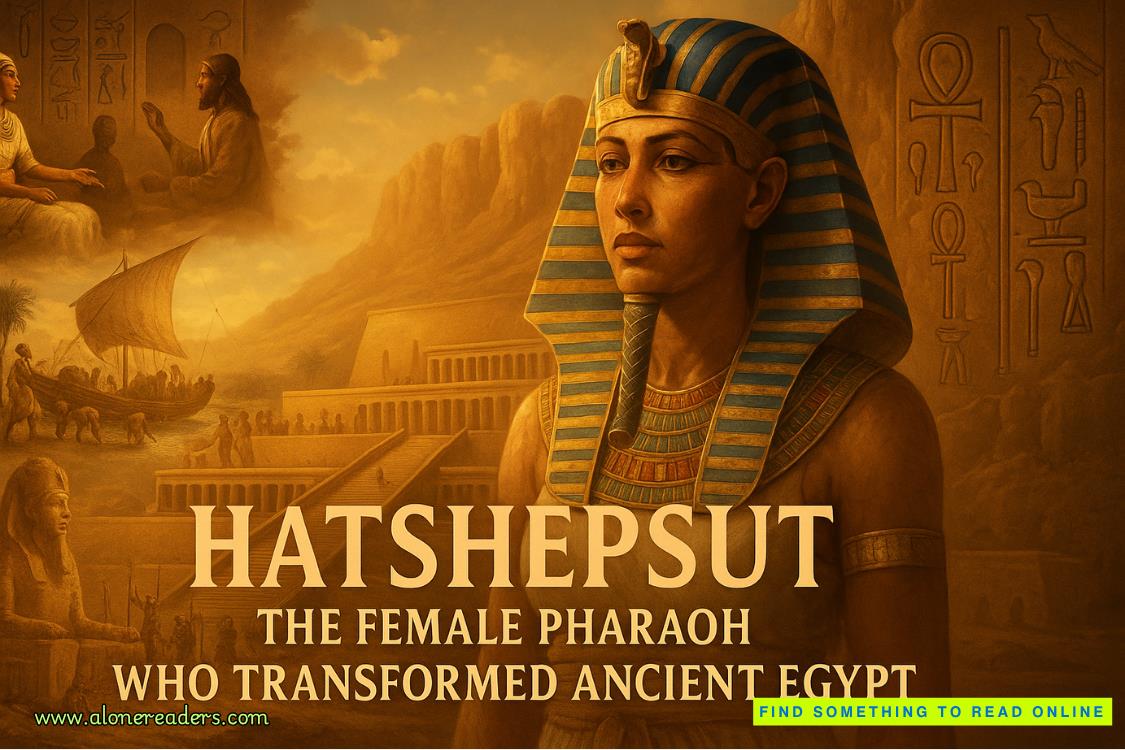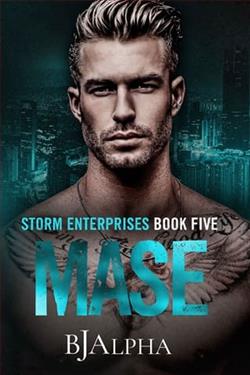Page 43 of Troubled Blood
“You’re right, I can’t see it. Freezers get opened, gas men visit and notice a smell, neighbors notice blocked drains. But in the interests of thoroughness, we should check who was living here at the time.”
They now emerged onto the busiest road they had yet seen. Aylesbury Street was a wide road, lined with more office blocks and flats.
“So,” said Strike, pausing again on the pavement, “if Margot’s still walking to the pub, she would’ve crossed here and turned left, into Clerkenwell Green. But we’re pausing to note that it was there,” Strike pointed some fifty yards to the right, “that a small white van nearly knocked down two women as it sped away from Clerkenwell Green that evening. The incident was witnessed by four or five onlookers. Nobody got the registration number—”
“But Creed was putting fake license plates on the delivery van he was using,” said Robin, “so that might not help anyway.”
“Correct. The van seen by witnesses on the eleventh of October 1974 had a design on the side. The onlookers didn’t all agree what it was, but two of them thought a large flower.”
“And we also know,” said Robin, “that Creed was using removable paint on the van to disguise its appearance.”
“Correct again. So, on the surface, this looks like our first proper hint that Creed might’ve been in the area. Talbot, of course, wanted to believe that, so he was uninterested in the opinion of one of the witnesses that the van actually belonged to a local florist. However, a junior officer, presumably one of those who’d realized that his lead investigator was going quietly off his onion, went and questioned the florist, a man called Albert Shimmings, who absolutely denied driving a speeding van in this area that night. He claimed he’d been giving his young son a lift in it, miles away.”
“Which doesn’t necessarily mean it wasn’t Shimmings,” said Robin. “He might have been worried about being done for dangerous driving. No CCTV cameras… nothing to prove it one way or the other.”
“My thoughts exactly. If Shimmings is still alive, I think we should check his story. He might’ve decided it’s worth telling the truth now a speeding charge can’t stick. In the meantime,” said Strike, “the matter of the van remains unresolved and we have to admit that one possible explanation is that Creed was driving it.”
“But where did he abduct Margot, if it was Creed in the van?” asked Robin. “It can’t’ve been back in Albemarle Way, because this isn’t how he’d have left the area.”
“True. If he’d grabbed her in Albemarle Way, he’d’ve joined Aylesbury Street much further down and he definitely wouldn’t have come via Clerkenwell Green—which leads us neatly to the Two Struggling Women by the Phoneboxes.”
They proceeded through the drizzle into Clerkenwell Green, a wide rectangular square which boasted trees, a pub and a café. Two telephone boxes stood in the middle, near parked cars and a bike stand.
“Here,” said Strike, coming to a halt between the phone boxes, “is where Talbot’s craziness really starts messing with the case. A woman called Ruby Elliot, who was unfamiliar with the area, but trying to find her daughter and son-in-law’s new house in Hayward’s Place, was driving around in circles in the rain, lost.
“She passed these phone boxes and noticed two women struggling together, one of whom seemed, in her word, ‘tottery.’ She has no particularly distinct memory of them—remember, it’s pouring with rain and she’s anxiously trying to spot street signs and house numbers, because she’s lost. All she can tell the police is that one of them was wearing a headscarf and the other a raincoat.
“The day after this detail appeared in the paper, a middle-aged woman of sound character came forward to say that the pair of women Ruby Elliot had seen had almost certainly been her and her aged mother. She told Talbot she’d been walking the old dear across Clerkenwell Green that night, taking her home after a little walk. The mother, who was infirm and senile, was wearing a rainhat, and she herself was wearing a raincoat similar to Margot’s. They didn’t have umbrellas, so she was trying to hurry her mother along. The old lady didn’t take kindly to being rushed and there was a slight altercation here, right by the phone boxes. I’ve got a picture of the two of them, incidentally: the press got hold of it—‘sighting debunked.’
“But Talbot wasn’t having it. He flat-out refused to accept that the two women hadn’t been Margot and a man dressed like a woman. The way he sees it: Margot and Creed meet here by the phone boxes, Creed wrestles her into his van, which presumably was parked there—” Strike pointed to the short line of parked cars nearby, “then Creed takes off at speed, with her screaming and banging on the sides of the van, exiting down Aylesbury Street.”
“But,” said Robin, “Talbot thought Theo was Creed. Why would Creed come to Margot’s surgery dressed as a woman, then walk out, leaving her unharmed, walk to Clerkenwell Green and grab her here, in the middle of the most public, overlooked place we’ve seen?”
“There’s no point trying to make sense of it, because there isn’t any. When Lawson took over the case, he went back to Fiona Fleury, which was the respectable middle-aged woman’s name, questioned her again and came away completely satisfied that she and her mother had been the women Ruby Elliot saw. Again, the general election was useful, because Fiona Fleury remembered being tired and not particularly patient with her difficult mother, because she’d sat up late the night before, watching election coverage. Lawson concluded—and I’m inclined to agree with him—that the matter of the two struggling women had been resolved.”
The drizzle had thickened: raindrops were pounding on Robin’s umbrella and rendering the hems of her trousers sodden. They now turned up Clerkenwell Close, a curving street that rose toward a large and impressive church with a high, pointed steeple, set on higher ground.
“Margot can’t have got this far,” said Robin.
“You say that,” said Strike, and to her surprise he paused again, looking ahead at the church, “but we now reach one last alleged sighting.
“A church handyman—yeah, I know,” he added, in response to Robin’s startled look, “called Willy Lomax claims he saw a woman in a Burberry raincoat walking up the steps to St. James-on-the-Green that evening, around the time Margot should’ve been arriving at the pub. He saw her from behind. These were the days, of course, when churches weren’t locked up all the time.
“Talbot, of course, disregarded Lomax’s evidence, because if Margot was alive and walking into churches, she couldn’t have been speeding away in the Essex Butcher’s van. Lawson couldn’t make much of Lomax’s evidence. The bloke stuck fast to his story: he’d seen a woman matching Margot’s description go inside but, being a man of limited curiosity, didn’t follow her, didn’t ask her what she was up to and didn’t watch to see whether she ever came out of the church again.
“And now,” said Strike, “we’ve earned a pint.”
14
In which there written was with cyphres old…
Edmund Spenser
The Faerie Queene
On the opposite side of the road from the church hung the sign of the Three Kings. The pub’s curved, tiled exterior wall mirrored the bend in the road.
As she followed Strike inside, Robin had the strange sensation of walking back in time. Most of the walls were papered in pages from old music papers dating back to the seventies: a jumble of reviews, adverts for old stereo systems and pictures of pop and rock stars. Hallowe’en decorations hung over the bar, Bowie and Bob Marley looking down from framed prints, and Bob Dylan and Jimi Hendrix looked back at them from the opposite wall. As Robin sat down at a free table for two and Strike headed to the bar, she spotted a newspaper picture of Jonny Rokeby in tight leather trousers in the collage around the mirror. The pub looked as though it hadn’t changed in many years; it might even have had these same frosted windows, these mismatched wooden tables, bare floorboards, round glass wall lamps and candles in bottles back when Margot’s friend sat waiting for her in 1974.















